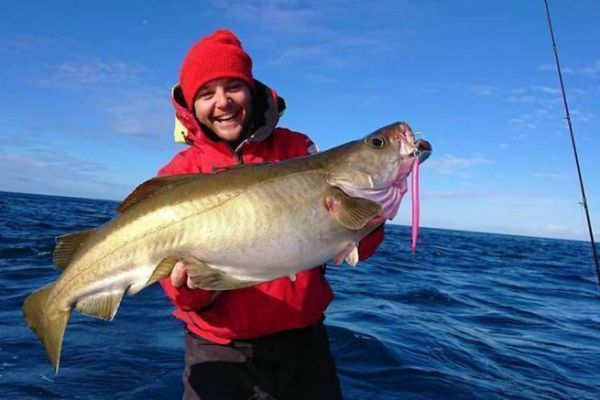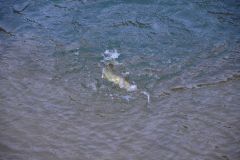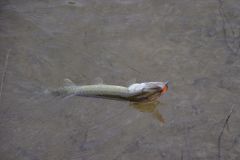Jig fishing for all
Often and unfairly associated with fishing for beginners or "Sunday fishermen", this technique from Japan has evolved considerably in recent years with the appearance of specific equipment and a range of lures that is growing more and more and on which a real work of research and development is done by the brands. The Jig is a metallic lure generally painted with a triple or an assist hook.
When I welcome on board a person who is not used to fishing, I will favor this technique for several reasons:
- first, because the material is simple to use and some of the jigs we will see later just need to be animated by waddling or simply by reeling it linearly through the water.
- i prefer to fish vertically with novices on relatively clear bottoms rather than using techniques such as pulling or fly fishing in currents. The jig lends itself perfectly to vertical fishing.
- finally, the catches are often numerous and various, because this lure works in all the water layer.
For the more experienced fishermen, it is possible to practice this technique on all sectors without exception.
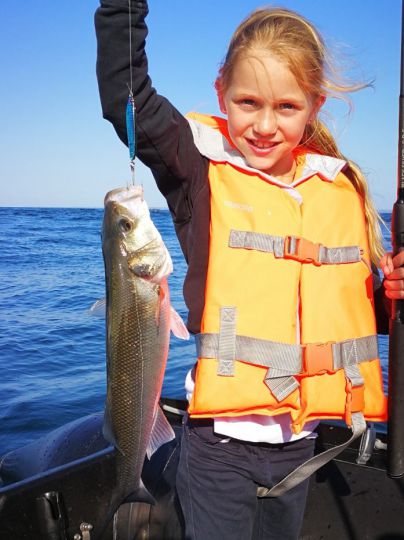
How to choose your jigs ?
The choice of jigs is sometimes complicated when you are facing the shelf of your retailer. Fortunately he is there to advise you, but I will share with you my personal selection. First of all I distinguish :
- jigs to be thrown either from the shore or from a boat.
- jigs for vertical use.
In both cases, the depth of fishing is one of the parameters to take into account. If in the first case I use jigs to throw especially when the fish is hunting high enough in the water column so with weights not too high (25 to 40 grams), in the second case I really take into account the depth of fishing and the current.
For example:
- in 20 m of water with little current I use jigs of 25 to 40 g
- in 50 m with 1 to 2 knots of current I opt more for weights between 100 and 150 g
- for deep fishing in the current as around the islands off the coast of Brittany, I like the models between 200 and 250 g.
Obviously your rod and reel set should be adapted to the weight of the jig used.
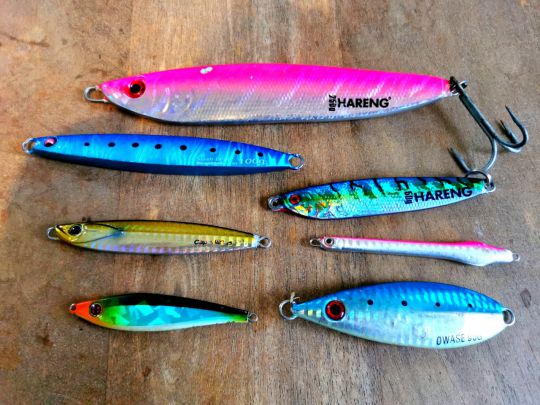
Here is part of my selection of jigs ranging from 15 to 250 grams for mixed use on the north coast of Brittany. The long and tapered jigs have a high descent speed, on the contrary, those more oval are slower to descend, but offer a more gliding swim.
Small, long, thin jigs, called "casting jigs", are used mostly for casting/hauling on active hunts.
With what equipment?
For vertical jig fishing I use 2 sets:
- a casting set with a rather short rod (a blank NFC SJ 606SM from Rodhouse) of 1,80 m equipped with a casting reel which has a high retrieve speed and a powerful brake.
- a spinning rod of 2,10 m with a reel size 4000 or 5000 which also has an important ratio and a powerful brake.
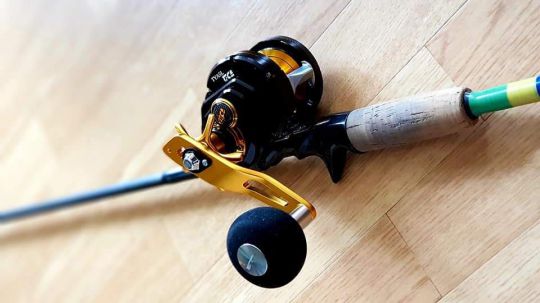
This choice is really personal even if in the long run I have a preference for the casting set which, to my taste, is easier to use and allows a better control of the descent of the lure.
The power of these sets should be between 20 and 80 grams to ensure maximum versatility. The use of a short rod allows you to be more at ease during the animation of the lure.
Animation of the lure
It is without a doubt one of the easiest techniques to use. The interest of the vertical jig compared to a soft lure such as a big shad equipped with a lead head, is its speed of descent. That's why I use it exclusively for deep fishing (80-100 m) with current. In such conditions of use, the descent of a shad is very difficult due to its shape and its paddle
Jig fishing is done vertically and drifting behind the boat. Once the lure is on the bottom:
- i opt for the technique known as "the elevator", that is to say that I go up continuously, more or less quickly the lure in the water column. The ascent can go up to mid-depth.
- i use the waddling technique, that is to say that I take off the jig from the bottom by a vertical traction of the rod and I accompany the jig to the descent.
This second method requires you to keep a close eye on the depth finder to limit the amount of bottom hooking. You can also equip your jigs with assist Hook . To limit the risk of crookedness.
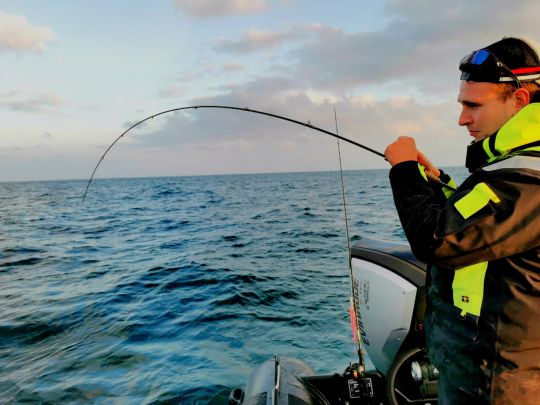
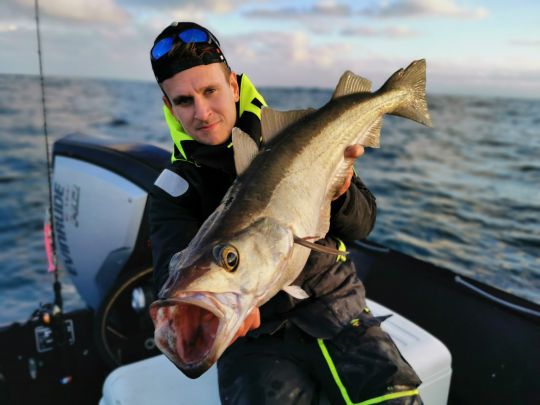
In conclusion, jig fishing is easy to implement and can be practiced by all fishermen, beginners as well as experienced. Many species are targeted by this technique (sea bass, pollock, cod, mackerel, sea bream...)
Personally I use mainly the jig Herring from Ragot. It is available in many weights from 25 to 250 grams and an affordable price ranging from 4.65 euros in 25 grams to 11.50 euros for the heaviest model in 250 grams.

 /
/ 